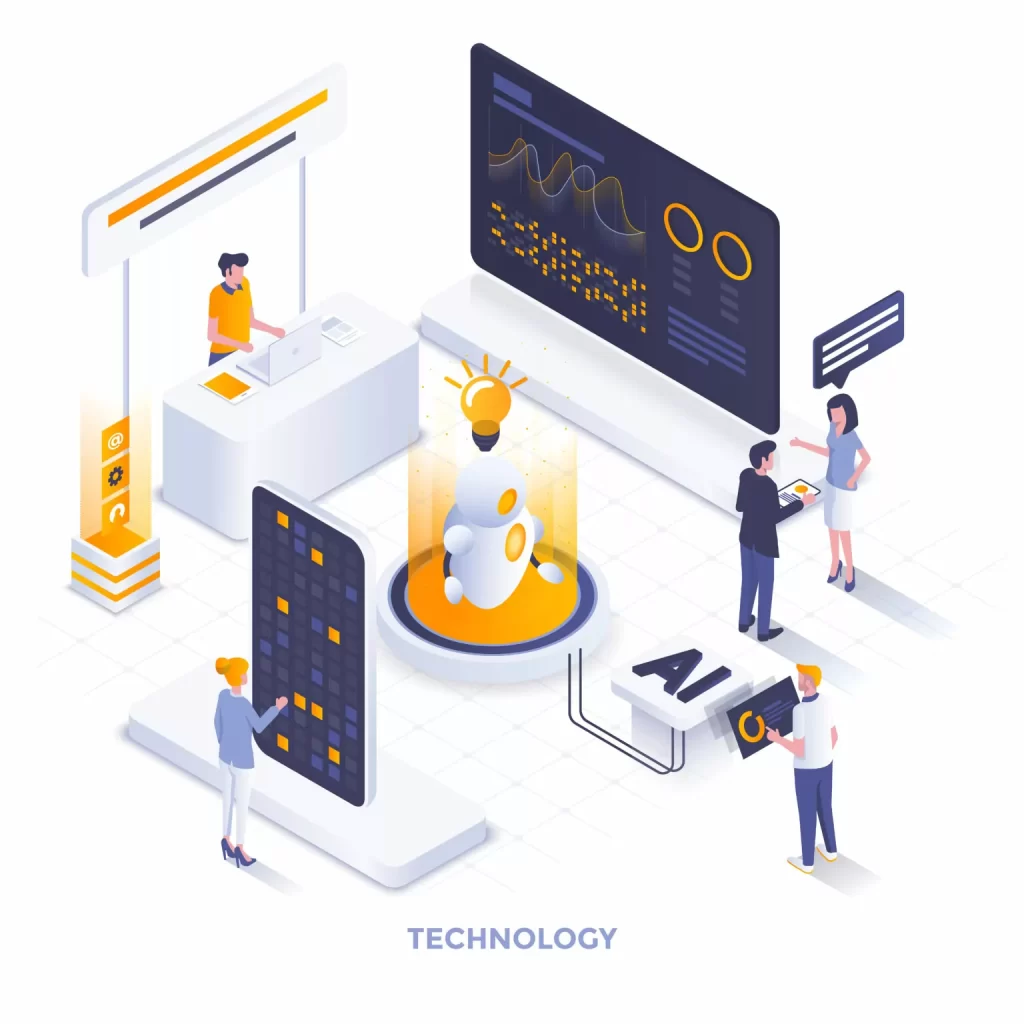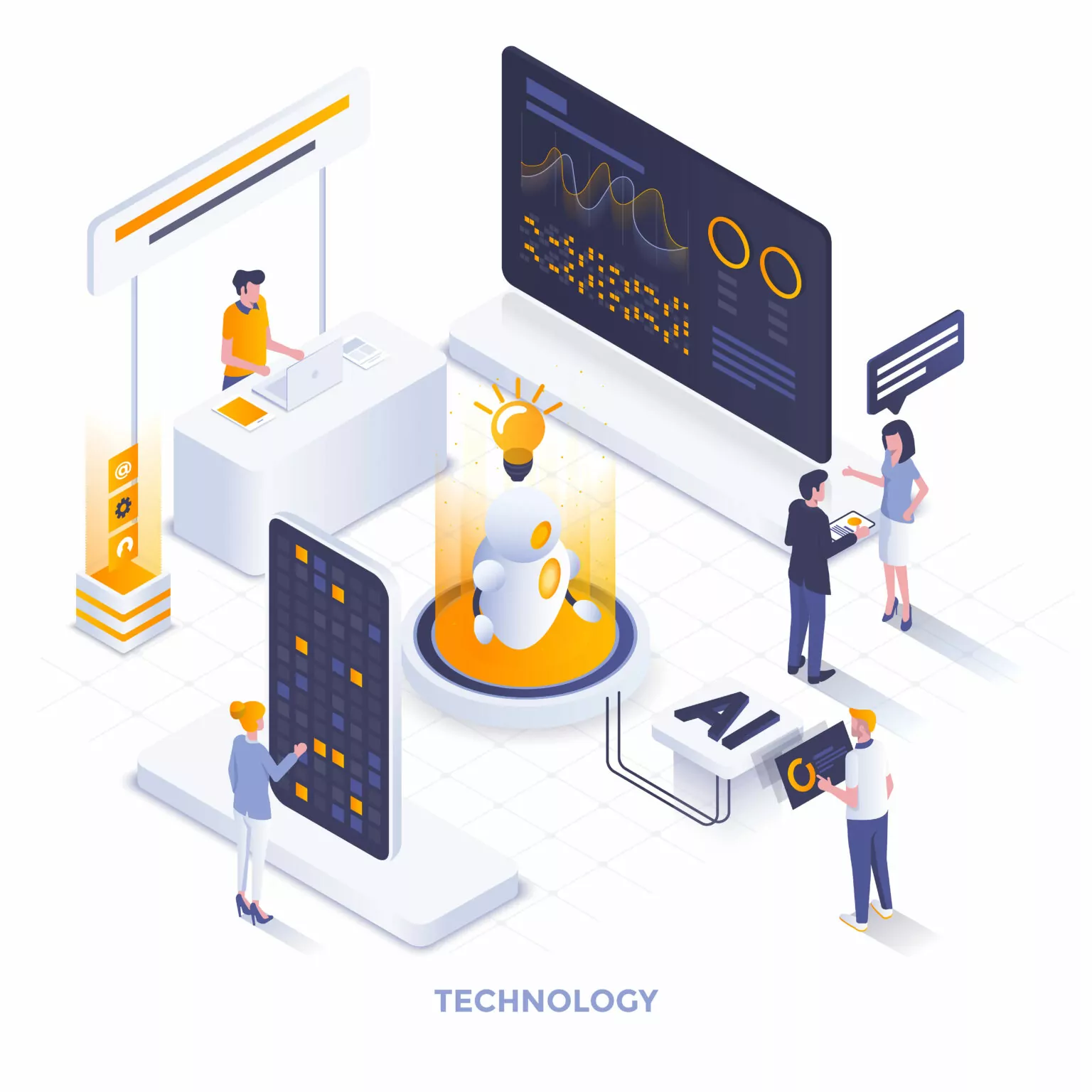
Top five automated HR processes
The Human Resources function has undergone a massive transformation in recent times due to several factors. The exponential adoption of remote and hybrid working during and post the COVID-19 pandemic, increasing employee expectations, the ongoing talent war, and the digital transformation of companies.The emerging global workforce has increased the complexity of the HR function. HR processes need to be able to seamlessly work across several locations worldwide, often supporting a remote and hybrid workforce. Companies need HR solutions that can integrate with other backend systems, to provide a unified view of people data. HR automation is also driven by an urgent need to have robust systems in place that enable data-driven HR decisions when it comes to both talent acquisition and retention.

Building the HR tech stack -Top processes to automate
While the benefits of HR automation are many, businesses need to automate and identify the right HR processes to realise true value.
Talent Acquisition: Hiring the best talent is a significant determinant of a company’s future. Companies need to be able to reach candidates in remote geographic locations and conduct interviews. HR staff often spend hours on end screening candidates and conducting tests to shortlist them. With solutions powered by Artificial Intelligence (AI) and Machine Learning (ML), companies can automate candidate screening, conduct proctored talent assessments remotely, and enable video interviews. AI-powered chatbots that are available 24/7 can improve candidate engagement and answer common queries. Virtual onboarding solutions help onboard remote candidates, offering a consistent experience to both remote and in-office recruits. HirePro’s AI-based virtual hiring platform helps companies acquire and onboard the best talent.
A virtual hiring platform enables hybrid or phygital recruitment, giving companies the ability to exploit technology for initial hiring tasks while conducting other tasks such as in-person interviews only where needed. Hiring platforms can also integrate seamlessly with backend systems, thereby improving recruiter productivity and efficiency.
HR Administration: Automation reduces the burden of repetitive HR administrative tasks such as payroll processing, leave applications and approvals, and expense claims. This is especially helpful in a hybrid working model. Chatbots on employee self-service portals can respond to routine employee queries related to leaves, organisational structure, and procedures, thus saving valuable time for HR staff. Timesheet management software can track employee hours, and directly link to payroll management. New employee information can be captured from the hiring portal or from online employee forms that are made available during onboarding.
Learning & Development: Training and upskilling are important for both new and existing employees. Intelligent automation helps identify skill gaps during hiring and appraisals to recommend training that employees should undertake. Apart from this, employees can be encouraged to enrol for courses that are listed on the employee portal. With automation, tedious training tasks such as maintaining training records, tracking employee progress, and sending reminders can be eliminated. Employee onboarding can be streamlined by delivering training materials and procedures to new employees virtually.
Performance Appraisals: Automating performance appraisals leads to data-driven decisions regarding employee promotions, retention, salary hikes, and can provide necessary data in the event of employee termination. This provides transparency to both the organisation and employees, besides being cost and time-effective. Automated workflows reduce the burden on HR staff. Equally, it is important to obtain feedback about employee experience and their pain points. With a 360-degree appraisal system, employees can rate peers, supervisors and leaders, which helps HR leaders understand how employees perceive the organisation.
HR Analytics: People analytics should be right on top of the HR stack. The digital transformation of HR can help gather relevant data related to the core of the organisation – the people. By harnessing the power of data analytics, HR leaders can garner deep insights into employee experience, retention and attrition patterns, and the skills gap. This helps to improve processes, make better talent decisions, and improve employee experience in the long run.
Automating key HR processes results in increased productivity of HR staff, with the benefit of cost and time savings. The integration of applications across processes, appropriate access and authorisation controls, automated workflows, collaboration and the availability of audit trails results in a streamlined process with a transparent and consistent methodology, leading to improved employee engagement and experience.